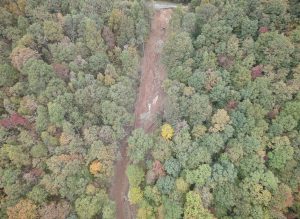This day in history: App State begins energy usage cut backs
March 15, 2022
Jenna Guzman curated this story by Laura Jamison which The Appalachian originally published March 15, 1978.
ASU is beginning a program of energy management to deal with long-range energy concerns. An automated control system for various energy consuming equipment in campus buildings will be installed. Campus buildings will be examined to see where and how changes can be made to save energy.
The system will automatically cut off the electricity flow while buildings are not in use. The control system will be in a room in the service annex.

“We’re gearing up to make energy management a big and vital part of the business management of ASU,” says Ned Trivette, Vice Chancellor for Business Affairs.
Gov. Jim Hunt’s Committee on Crisis Management has prepared a three-phase emergency energy plan for North Carolina state government employees.
Phase One was strictly voluntary and word was spread around the campus to save energy.
Phase Two is by mandate of the governor, not voluntary. “The coal strike continues and we have been instructed to go into Phase Two,” says Trivette. Thermostats have been set back to 62 degrees, the temperature of hot water has been reduced from 150 to 120 degrees, steps have been taken to cut down on the use of street lighting and housekeeping personnel have been instructed to turn off unnecessary lighting and to only use lighting in the places where they are working.
Nighttime indoor sports activities will be curtailed under Phase Two but ASU will not be affected because the University is in a transition period from winter to spring sports.
Hunt proposed a four-day work week for some state agencies, but this will not affect state supported universities.
ASU students reduced their dorm electricity use 14 percent in a Student Government Association contest.
Phase Three of Hunt’s plan calls for “national controls” if Phases One and Two don’t prove effective.











